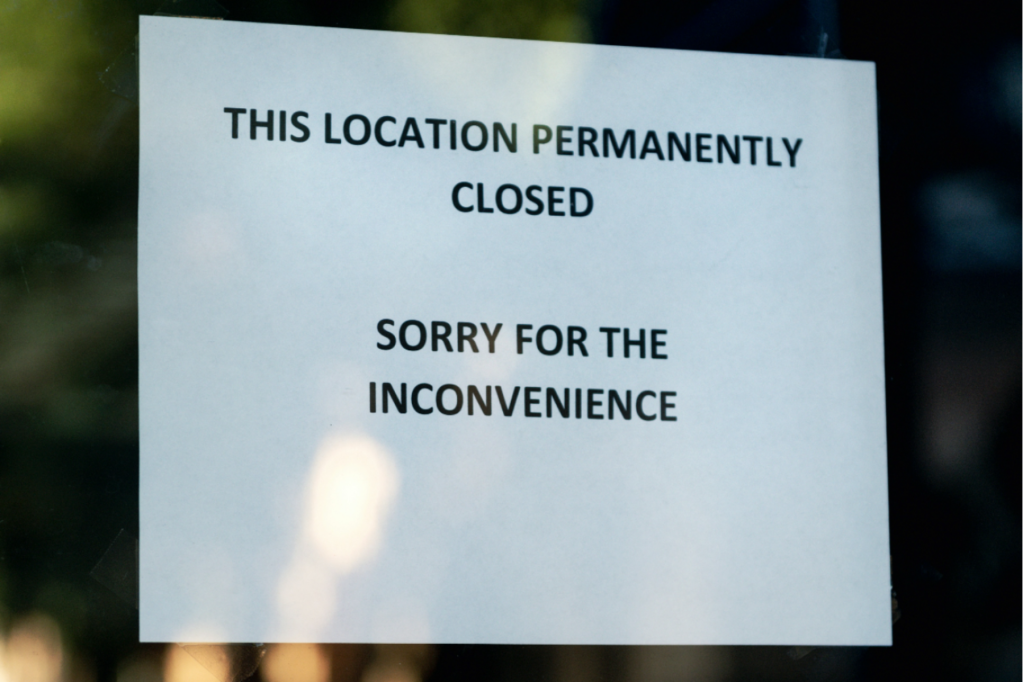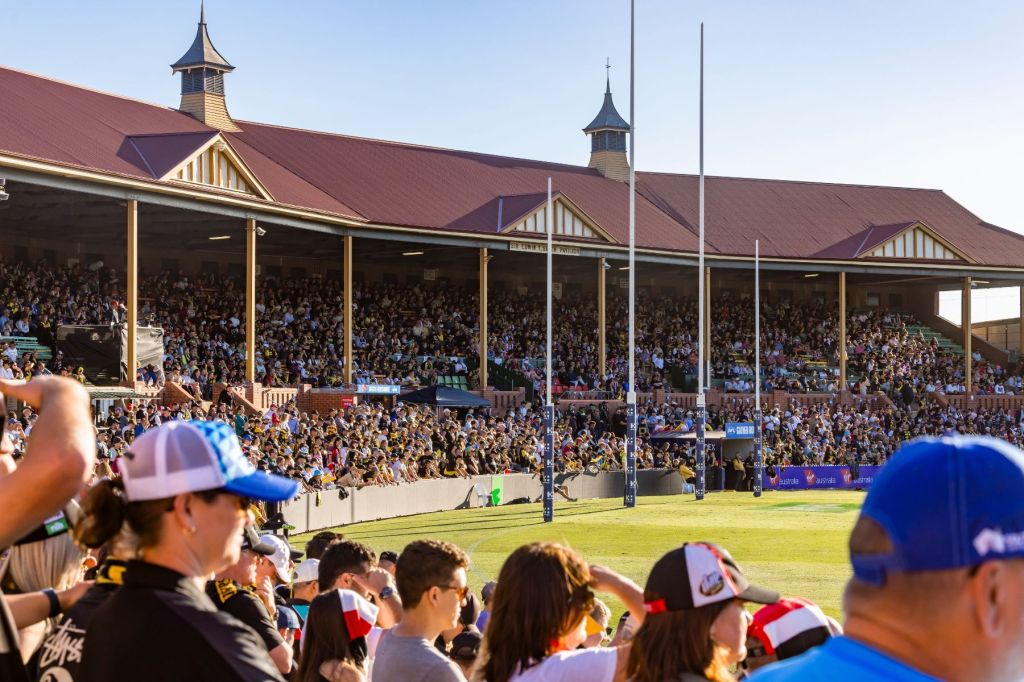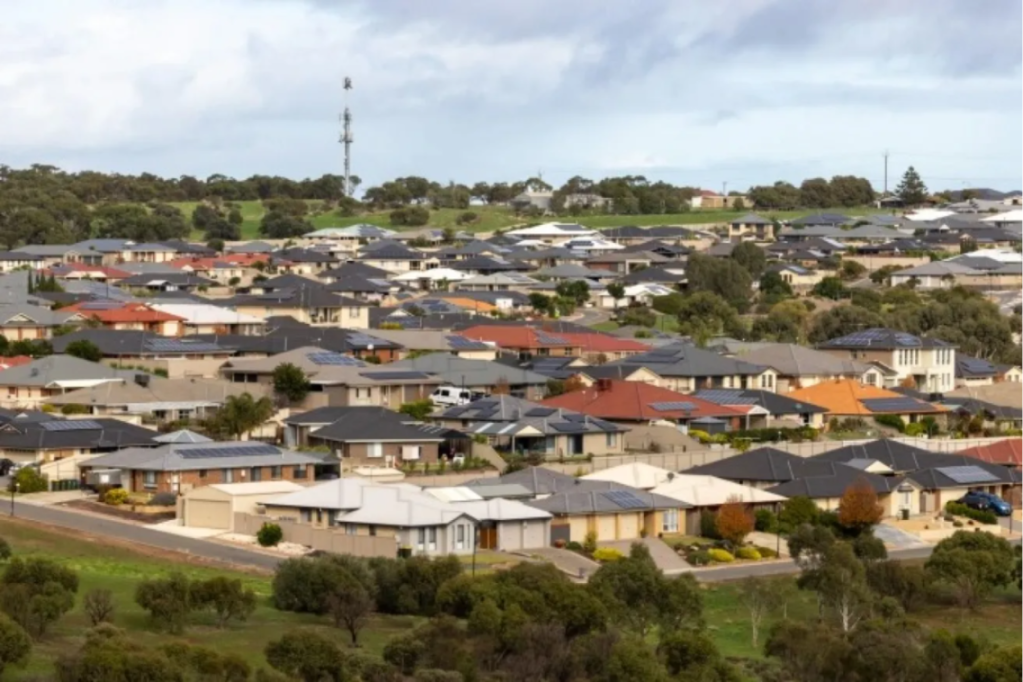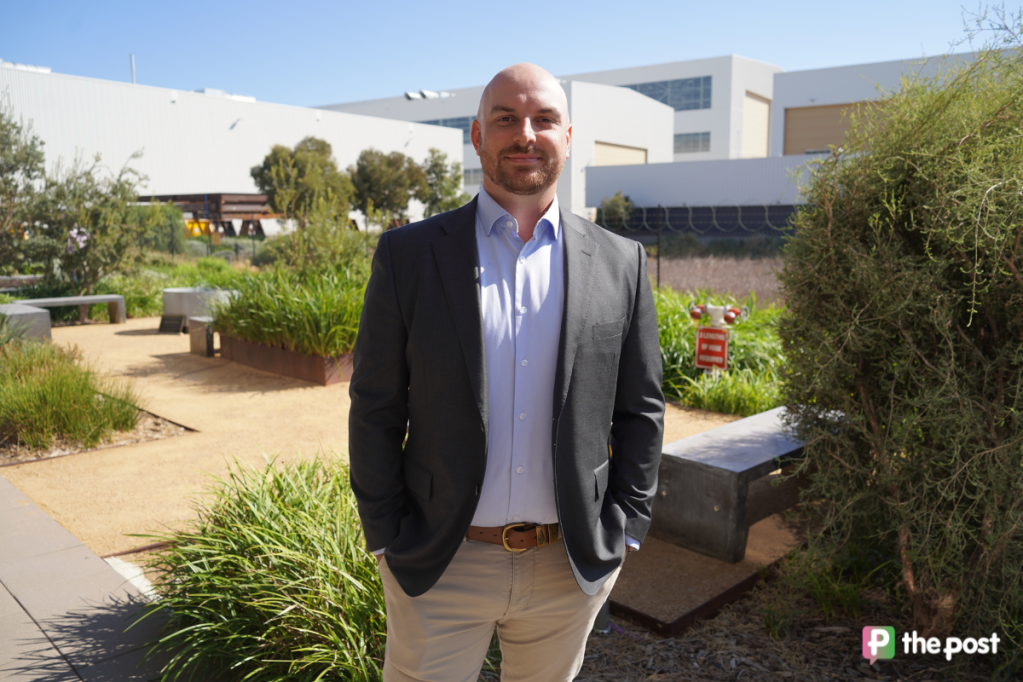SA business failure increase on horizon
New data predicts higher business failures across South Australian regions over the next 12 months, as rising costs and decreased spending take their toll.

Businesses in all but three regions around South Australia will face higher business risk in the next 12 months, according to commercial credit reporting bureau CreditorWatch’s Business Risk Index.
The Limestone Coast, Barossa, and Adelaide Hills were the only three regions not expected to see a lift in business failures.
Port Adelaide East was forecast to have the highest rates of business failure in the next 12 months of the 28 regions reported, with a projected rate of 6.2 per cent, a one per cent increase from business failure in the last 12 months.
“The areas that are recording the highest rate of business failure in South Australia are mostly centred around the north of Adelaide, being Port Adelaide–East, Salisbury, Playford and Tea Tree Gully,” CreditorWatch chief economist Anneke Thompson said.
“These areas are expected to also see the biggest deterioration in business conditions, with the average business failure rate among those regions forecast to increase from 4.6 currently, to 5.9 per cent by June 2025.”
You might like
The report forecast that businesses in regional South Australia would fare much better, with the Mid North listed as the area with the lowest forecast business failure rate for the next 12 months.
“The Mid North, Lower North, Limestone Coast and Outback–North and East, all north of Adelaide, have very low levels of business failure, and over the next 12 months are forecast to record business failure rates that lower than four per cent – well below the Australian forecast average of 5.5 per cent,” Thompson said.
“Businesses in regional areas of South Australia tend to be longer established, have lower levels of debt, and be surrounded by households with lower levels of debt.
Stay informed, daily
“These conditions are all helpful to both cash flow and for businesses; with less money going out the door to pay interest on debt, and also to demand, as households with lower debt levels have more to spend in local businesses.
“Conversely, households in the northern suburbs of Adelaide tend to be younger, with higher debt levels and surrounding populations with relatively lower incomes.
“These factors all combine to significantly impact household disposable income, which in turn negatively affects local businesses in these areas.”
The data comes as financial services provider Zeller released data finding that 25.71 per cent of business owners in South Australia had considered closing their business in the past 12 months.
This was higher than the national average of 22 per cent, with 83.79 per cent of business owners in South Australia reporting their biggest challenge was rising costs and a decrease in spending.
“Small business owners across the country face more significant challenges than ever – whether it’s rising competition, smaller profit margins, staffing issues and regulatory compliance, which can be costly to maintain,” said Zeller’s director of growth Joshua McNicol.
Zeller found that nationally, 27 per cent of hospitality business owners surveyed had considered closing their business in the last 12 months.









